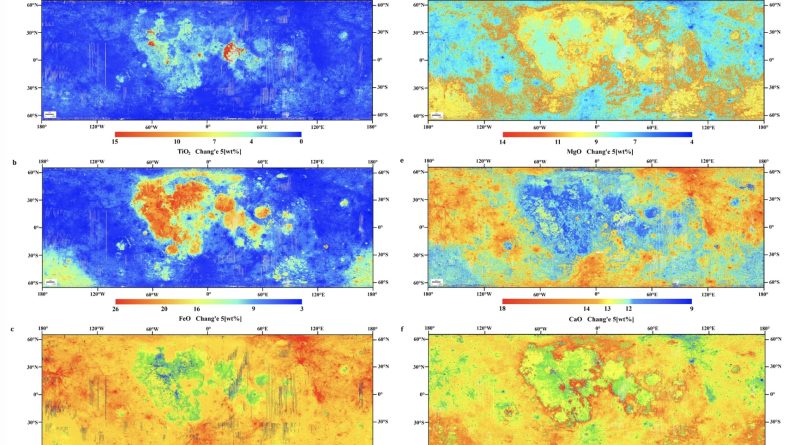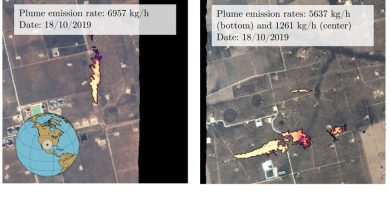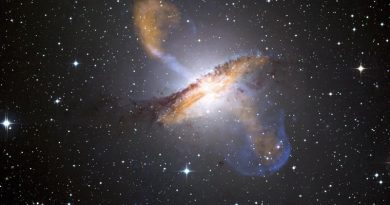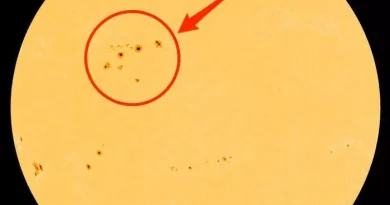Unlocking Lunar Secrets: China-Led Research Team Reveals Precise Chemical Composition of the Moon’s Surface
In a groundbreaking achievement, a research team led by Chinese scientists has meticulously mapped the chemical composition of the lunar surface, offering unprecedented insights into the moon’s evolution. This high-precision mapping, a result of collaborative efforts from Chinese and international research institutions, holds the key to unraveling the mysteries of the moon’s geological history and is particularly significant for understanding late lunar developments. The study, recently published in the journal Nature Communications, showcases the implications of the findings and their potential impact on future lunar exploration.
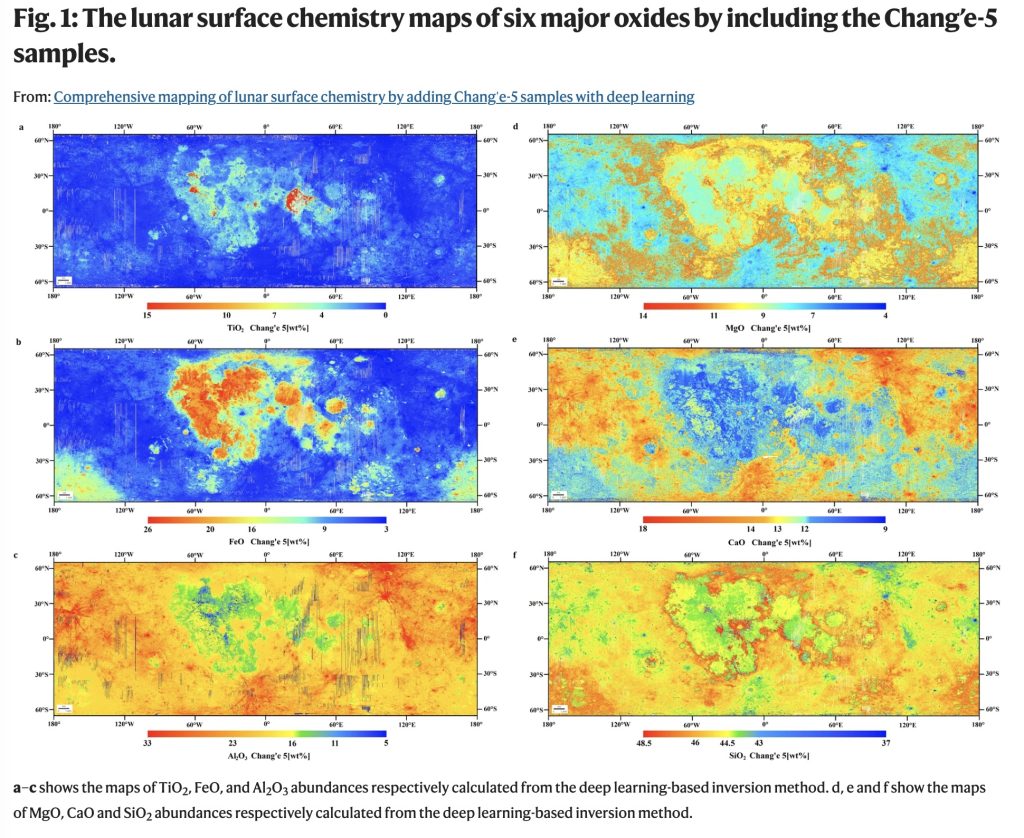
The Significance of Lunar Surface Chemistry:
The chemical composition of the lunar surface plays a pivotal role in unraveling the petrological characteristics crucial for comprehending the moon’s evolutionary journey. Previous attempts to map lunar chemistry relied on samples collected by Apollo and Luna missions, providing insights into the moon’s state approximately 3 billion years ago. However, these datasets lacked the crucial information from the moon’s late period, leaving a critical gap in our understanding of its evolution.
Enter Chang’e-5 Mission:
The game-changing data comes from China’s Chang’e-5 mission, which successfully brought back lunar samples with information dating back approximately 2 billion years. These samples, distinct in their material composition, have proven to be a treasure trove for scientists seeking a more comprehensive understanding of the moon’s geological history, particularly during its late stages of evolution.
Innovative Methodology: Deep Learning and Precision Mapping
Professor Yang Chen from Jilin University, a key figure in the research team, explained that they utilized a deep learning-based inversion model to combine sample data from Chang’e-5, Apollo, and Luna missions. This innovative approach enabled the accurate estimation of major element content on the lunar surface. The result? A new lunar surface chemical composition distribution map characterized by its high precision and resolution, providing a detailed and comprehensive depiction of the moon’s chemical makeup.
Calibrating Basalt Units for Historical Studies:
Beyond mapping, the research team took a step further by calibrating young mare basalt units based on the newly calculated element content. This calibration holds immense significance for historical studies of magmatic activity and thermal evolution during the moon’s late period. The reliability of this data becomes a crucial asset not only for academic understanding but also for informing future lunar sample return missions.
The Collaborative Effort:
The study stands as a testament to international collaboration, with contributions from Jilin University, the National Astronomical Observatories of the Chinese Academy of Sciences, the University of Trento in Italy, the University of Iceland, and other esteemed Chinese and foreign research institutions. Ouyang Ziyuan, a leading Chinese scientist and the first chief scientist of China’s lunar probe project, played a pivotal role in this multidisciplinary effort.
Implications for Future Lunar Exploration:
The groundbreaking findings open new avenues for future lunar exploration. The precision achieved in mapping the lunar surface’s chemical composition not only enhances our understanding of the moon’s geological history but also serves as a valuable resource for planning and executing future lunar missions. As the scientific community continues to unravel the mysteries of our celestial neighbor, the data from this study promises to be a cornerstone in shaping the trajectory of lunar exploration.
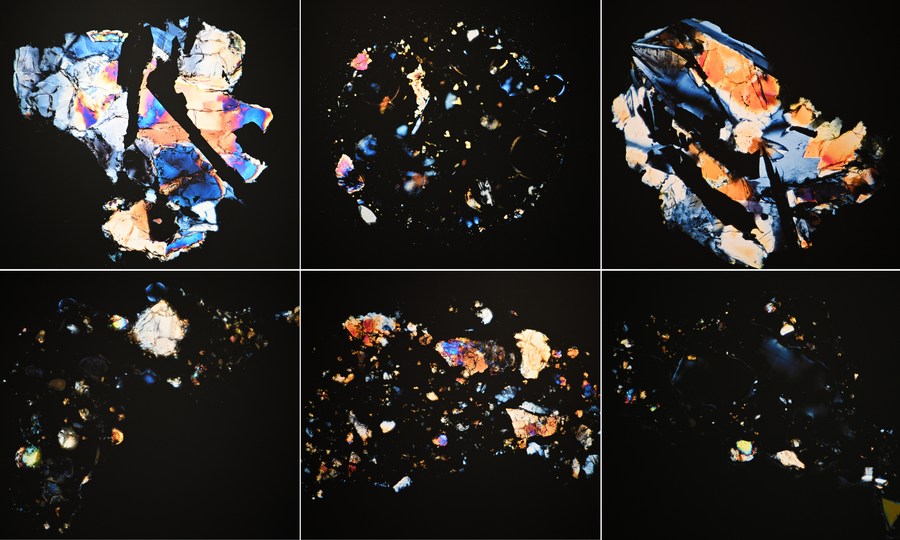
Conclusion:
The mapping of the lunar surface’s chemical composition by the China-led research team marks a significant leap in our understanding of the moon’s evolution. The integration of deep learning, data from diverse lunar missions, and international collaboration has yielded a high-precision, high-resolution chemical distribution map. As we stand on the precipice of a new era in lunar exploration, this research not only addresses existing gaps in our knowledge but also paves the way for future missions that will undoubtedly build upon the rich insights gained. The moon, once a source of mystery and fascination, is gradually revealing its secrets, and this collaborative endeavor represents a crucial chapter in our cosmic exploration journey.
